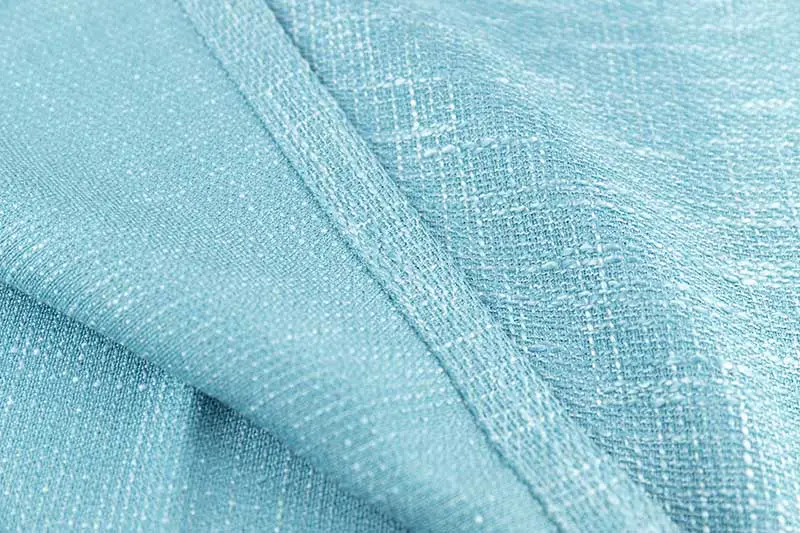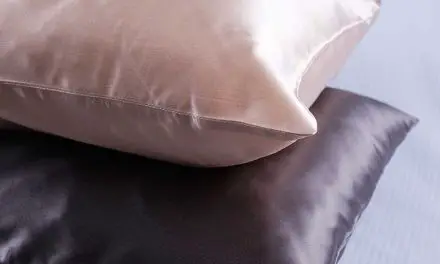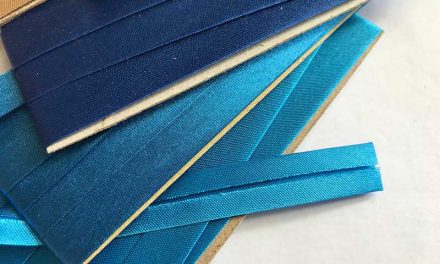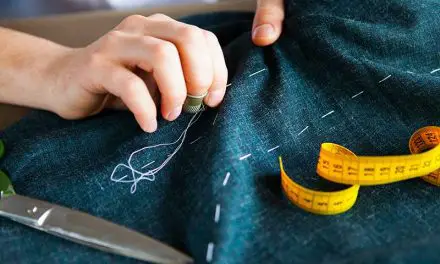You might want to hem a new garment you have just made or you have, for example, bought a pair of trousers that are too long. A hem gives an item of clothing a nice edge, and it also stops the material from unraveling. There are many different ways you can hem a garment and we will be taking a look at two of them here, the blind stitch and the double-fold hem. They’re not too difficult to do, but they can be a little time consuming,
Table of Contents
Sewing a Blind Hem
You can sew a blind hem on either a sewing machine or by hand, but it is a little more difficult on a machine. You need to have a blind foot for your machine and sew with this stitch, _^_^_.
Prepare the material
The first thing to do is to wash your fabric. This is so that it doesn’t shrink later on when the garment has been sewn. When dry and pressed, turn the material inside out.
Fold and Pin Your Hem
The traditional seam allowance is ⅝ inch, but you can make the hem any size you want. Use a ruler or sewing gauge to measure the hem. Turn it up once and then again. This will hide the raw edges.
The next step is to iron the hem down and then place pins in to hold it in place while you sew. Straight pins are the best to use. Make sure that the pearl ends of the pins are on the fabric while the other ends stick out towards the hem. They should be placed at a 90-degree angle.
If you are using a sewing machine, you will need to fold the fabric so that ⅛ inch is exposed
Sew the Hem
If you are sewing by hand you will need to start sewing at the edge of the fold. Do a backstitch first to secure the thread. Make sure you just do this in the fold and not in the fabric as it could be seen. Then you will need to pick up a little of the fabric with your needle, again making sure that the thread doesn’t show through to the outside of the fabric. Then go left ⅛ inch and pick up a little of the fold. Carry on doing this until you have sewn all the way around the hem.
If you are using a sewing machine you will be using the _^_^_ stitch. Turn the material sideways so that the ⅛ inch fold is to the right while the rest of the material is to the left. You will need to sew along the edge where the material and the fold meet. Sew all the way around the fabric. The straight stitches will stay just in the fold while the ^ stitches will be on the fabric. They will look professional so don’t worry if they are seen. All anyone will be able to see is a tiny dot and it will be barely visible.
When you get to the end of the hem, do another backstitch to secure the thread.
Sewing a Double Fold Hem
A double-fold hem can also be sewn either by hand or with a sewing machine. A sewing machine is quicker, but sewing by hand only requires a needle and thread. If you decide to use a sewing machine you will need to use a straight stitch.
Prewash your Fabric
It is always better to wash your fabric before sewing just in case it shrinks. Press it if it looks creased. However, if you are just repairing a garment and it has been washed previously, you can skip this step.
Fold and Pin Your Hem
Place your fabric or garment on a table with the edge in front of you and the material inside out. Fold ⅝ inch using a ruler or sewing gauge to make sure that it is the same width the whole way around. Iron it so that it lies flat and then repeat the procedure. This hides the raw edges from view. If you want to use a different seam allowance, feel free to do so.
If you are sewing a hem on pants that are tapered, you will need to taper the inside piece so that the fabric doesn’t gather together.
Put in straight pins to secure the fold. The blunt or pearl end needs to stick out from the hem, while the sharp end of the pin must be inserted towards the fabric. This is the opposite of what you would do if you were sewing a blind hem. It is useful to do this if you are using a sewing machine as it makes it easy to take out the pins.
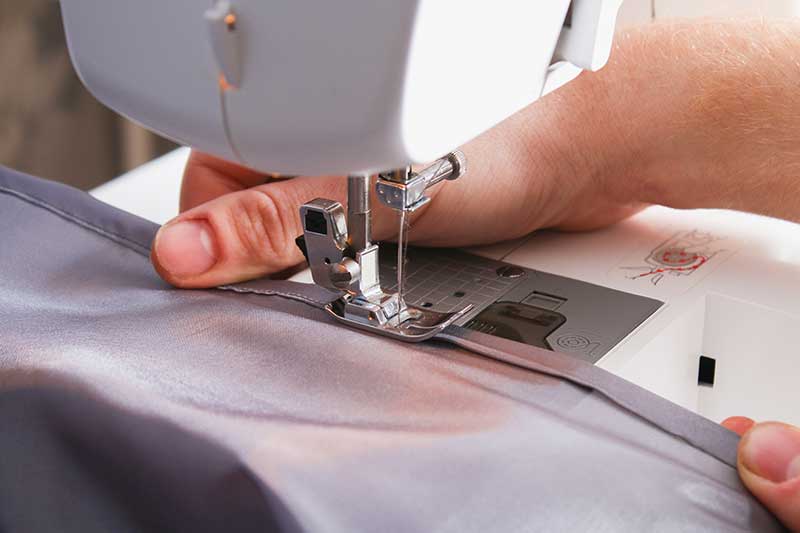
Sew Your Hem
Ideally, you will use a thread that matches your fabric as it looks much better. If you are sewing with a sewing machine, use a straight stitch at the top edge of the fold. At the end either tie the thread or sew a backstitch to keep the thread secure. If you are sewing by hand, use a blind stitch, catching one thread from the outside of the fabric every time.
A tip is to keep the stitches loose as if they are too tight, your garment could look puckered at the bottom.
The next step is to press the garment so that it lies down flat. If your fabric is of a suitable type, you can use a steam iron. It is important to check the laundering instructions to avoid scorching your fabric. Once you have done this, you can turn the garment the right way round.
Conclusion
A well-sewn hem can make your garment look smart and professional. You don’t even need to sew pants or a skirt. Why not make curtains and sew an attractive hem. It can be a little difficult at first because you need to be precise, but it shouldn’t take too long to master this skill.

